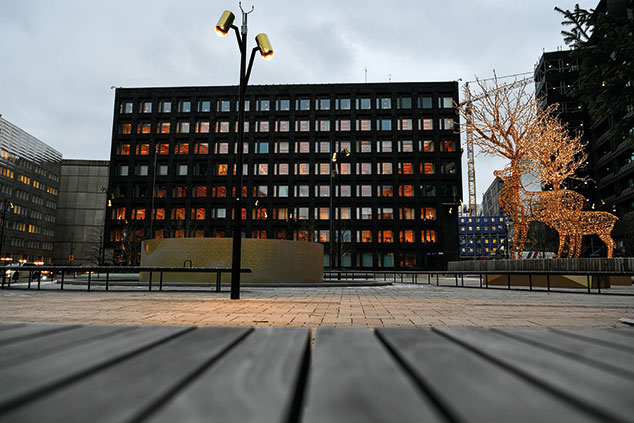
Sweden’s central bank was one of the pioneers in “wielding negative interest rates”, says Paul Hannon in The Wall Street Journal. The eurozone and Japan have since followed suit. Negative rates mean that commercial banks are charged for holding money in accounts at the central bank. That is supposed to encourage them to lend it out to businesses and consumers, promoting greater spending and investment in the real economy. The policy also weakens the national currency and helps exporters. Yet with Swedish private-sector debt climbing to 285.7% of annual output last year, one of the highest rates in the OECD, concern has been mounting that the policy could have “harmful side effects”.
Unconventional monetary policy has a variety of unpleasant consequences, says Mohamed El-Erian on Bloomberg. It undermines the profitability of the banking sector and encourages excessive risk-taking. It keeps zombie companies that deserve to go under afloat, which erodes growth and productivity. By distorting price signals and inflating asset bubbles it can also lead to “economy-wide resource misallocations”. Sweden’s interest-rate move is “the most explicit signal yet” of the backlash against the “collateral damage and unintended consequences” of unconventional monetary policy.